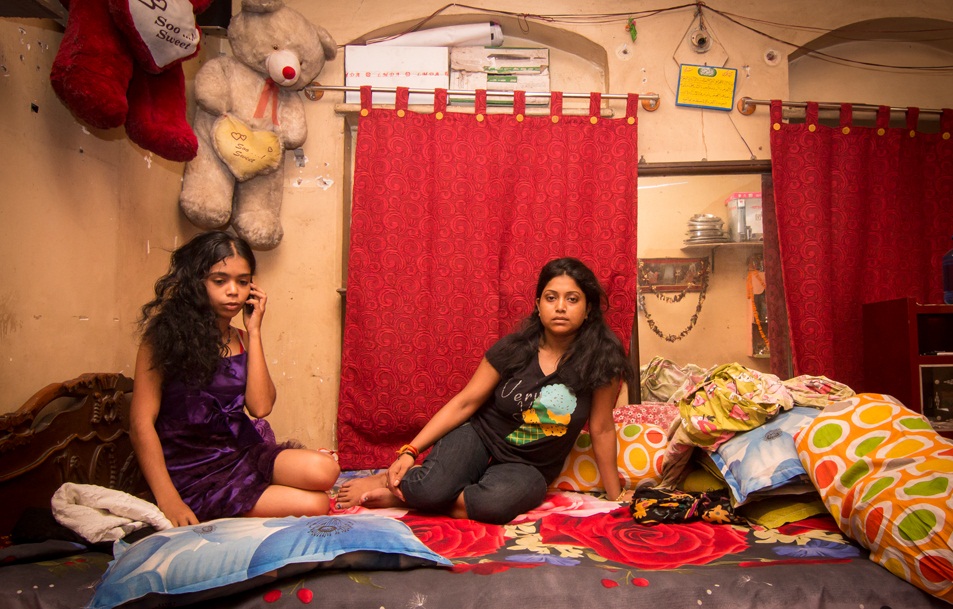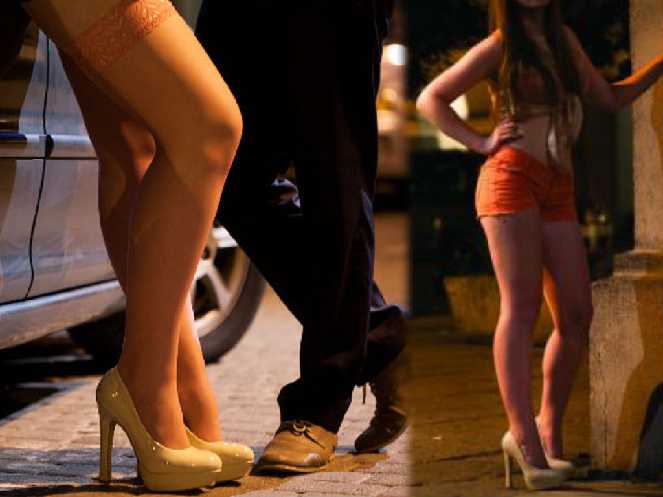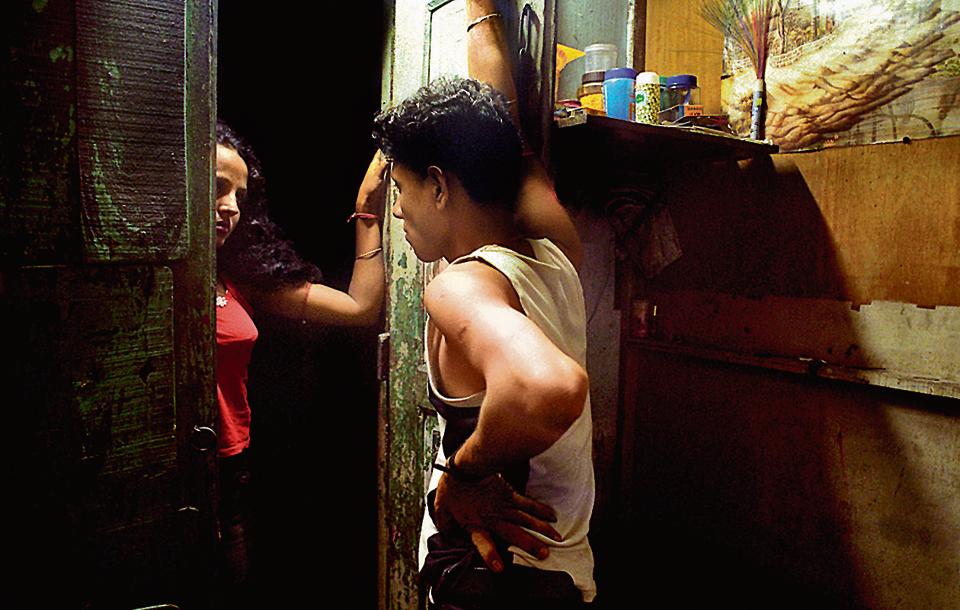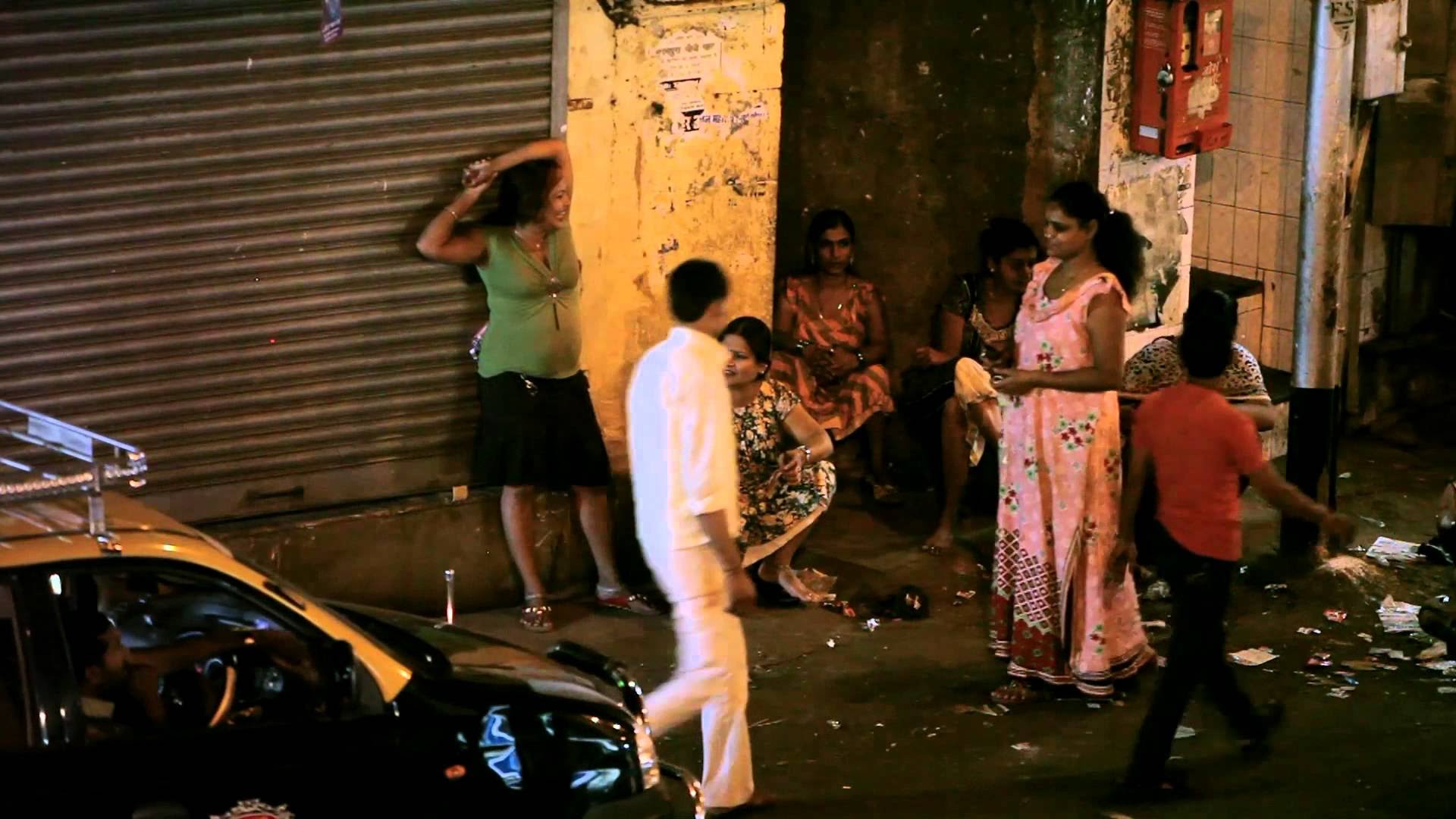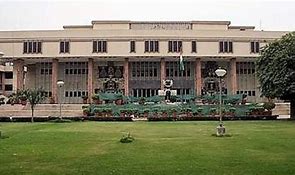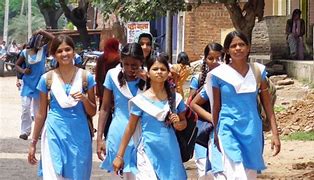Feature
Asia’s largest red light area’s sex workers hit by GST!
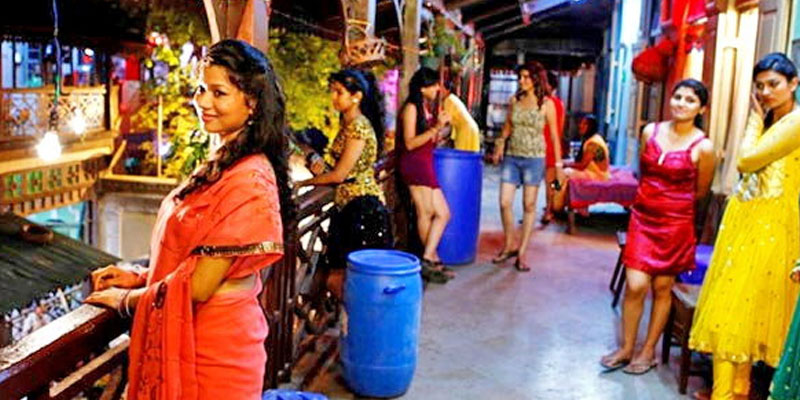
Kolkata: The 12 per cent GST on sanitary napkins imposed under the new tax regime has put sex workers of Sonagachi, Asia’s largest red light area, in a spot, threatening to put the clock back when they were averse to using the pads.
It was after a sustained awareness campaign about health and hygiene that the sex workers had started using the sanitary napkins 10 years ago, but the steep increase in their prices has threatened to undo all the good work, according to an official of Durbar Mahila Samanwaya Committee.
Durbar Mahila Samanwaya Committee (DMSC) is an umbrella organisation of the state’s sex workers having more than 1,30,000 registered members in its fold.
Although the zero per cent tax on condoms has come as some relief to the sex workers, the hike in the prices of sanitary napkins following imposition of Goods and Services Tax (GST) has again put them under grave health risk.
“In 2000, the rate of usage of sanitary napkins among sex workers was 20 per cent and now more than 85 per cent of them use sanitary napkins,” Samarjit Jana, an official of DMSC told media persons.
Jana said that it happened because of a sustained awareness campaign, and secondly due to sale of sanitary napkins at subsidized rates.
According to Soma, a 34-year-old sex worker and a mother of two, said that she would prefer not to use sanitary napkins if the prices went up.
“It is a necessity for us. But if the prices go up, we will be left to go in for alternative means to maintain hygiene,” she said without elaborating.
A DMSC official said that the subsidized napkins were sold by Usha Multipurpose Cooperative Society, commonly known as Usha Bank formed in 1995.
Every month more than 60-70 thousand packets of sanitary napkins were being sold from the counters of Usha bank and Durbar to sex workers only in Kolkata.
“We placed bulk orders with a company, which supplied the sanitary pads at a rate mush lower than the market. But now most of these companies have refused to provide them at subsidized rates on the ground that raw materials have been charged at 12-18 per cent GST,” another official of Durbar said.
Meanwhile, the sex workers and officials of the DMSC have welcomed the zero per cent tax on condoms and felt this would help in a big way to bring down the prevalence of AIDS.
“We have been able to bring down the AIDS prevalence to a large extent and we want to bring it to zero per cent by 2025. The zero per cent GST on condoms will bring down its prices and will encourage the usage of it, Jana said.
Entertainment
Meghalaya Reserves Legalized Gambling and Sports Betting for Tourists

The State Scores Extra High on Gaming-Friendly Industry Index
Meghalaya scored 92.85 out of 100 possible points in a Gaming Industry Index and proved to be India’s most gaming-friendly state following its recent profound legislation changes over the field allowing land-based and online gaming, including games of chance, under a licensing regime.
The index by the UK India Business Council (UKIBC) uses a scale of 0 to 100 to measure the level of legalisation on gambling and betting achieved by a state based on the scores over a set of seven different games – lottery, horse racing, betting on sports, poker, rummy, casino and fantasy sports
Starting from February last year, Meghalaya became the third state in India’s northeast to legalise gambling and betting after Sikkim and Nagaland. After consultations with the UKIBC, the state proceeded with the adoption of the Meghalaya Regulation of Gaming Act, 2021 and the nullification of the Meghalaya Prevention of Gambling Act, 1970. Subsequently in December, the Meghalaya Regulation of Gaming Rules, 2021 were notified and came into force.
All for the Tourists
The move to legalise and license various forms of offline and online betting and gambling in Meghalaya is aimed at boosting tourism and creating jobs, and altogether raising taxation revenues for the northeastern state. At the same time, the opportunities to bet and gamble legally will be reserved only for tourists and visitors.
“We came out with a Gaming Act and subsequently framed the Regulation of Gaming Rules, 2021. The government will accordingly issue licenses to operate games of skill and chance, both online and offline,” said James P. K. Sangma, Meghalaya State Law and Taxation Minister speaking in the capital city of Shillong. “But the legalized gambling and gaming will only be for tourists and not residents of Meghalaya,” he continued.
To be allowed to play, tourists and people visiting the state for work or business purposes will have to prove their non-resident status by presenting appropriate documents, in a process similar to a bank KYC (Know Your Customer) procedure.
Meghalaya Reaches Out to a Vast Market
With 140 millions of people in India estimated to bet regularly on sports, and a total of 370 million desi bettors around prominent sporting events, as per data from one of the latest reports by Esse N Videri, Meghalaya is set to reach out and take a piece of a vast market.
Estimates on the financial value of India’s sports betting market, combined across all types of offline channels and online sports and cricket predictions and betting platforms, speak about amounts between $130 and $150 billion (roughly between ₹9.7 and ₹11.5 lakh crore).
Andhra Pradesh, Telangana and Delhi are shown to deliver the highest number of bettors and Meghalaya can count on substantial tourists flow from their betting circles. The sports betting communities of Karnataka, Maharashtra, Uttar Pradesh and Haryana are also not to be underestimated.
Among the sports, cricket is most popular, registering 68 percent of the total bet count analyzed by Esse N Videri. Football takes second position with 11 percent of the bets, followed by betting on FIFA at 7 percent and on eCricket at 5 percent. The last position in the Top 5 of popular sports for betting in India is taken by tennis with 3 percent of the bet count.
Local Citizens will Still have Their Teer Betting
Meghalaya residents will still be permitted to participate in teer betting over arrow-shooting results. Teer is a traditional method of gambling, somewhat similar to a lottery draw, and held under the rules of the Meghalaya Regulation of the Game of Arrow Shooting and the Sale of Teer Tickets Act, 2018.
Teer includes bettors wagering on the number of arrows that reach the target which is placed about 50 meters away from a team of 20 archers positioned in a semicircle.
The archers shoot volleys of arrows at the target for ten minutes, and players place their bets choosing a number between 0 and 99 trying to guess the last two digits of the number of arrows that successfully pierce the target.
If, for example, the number of hits is 256, anyone who has bet on 56 wins an amount eight times bigger than their wager.


